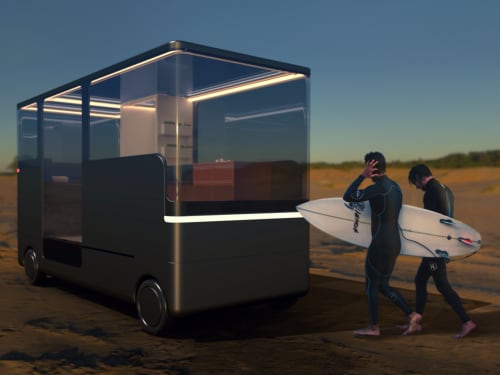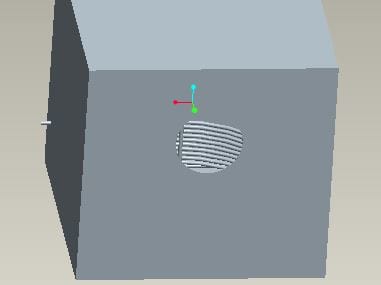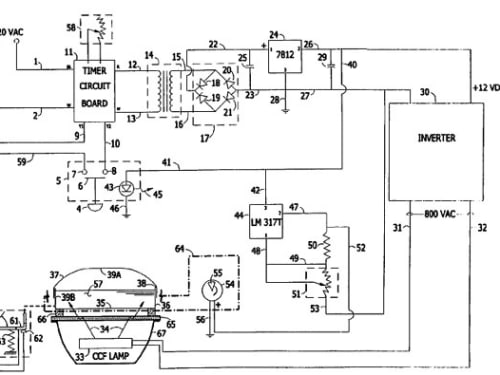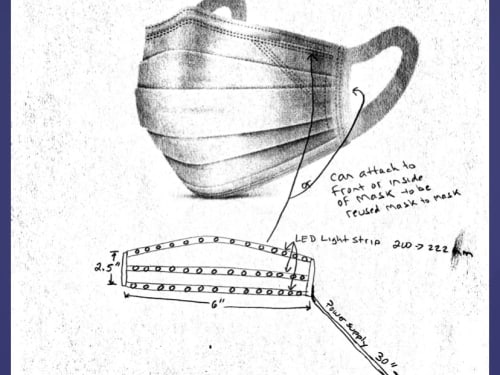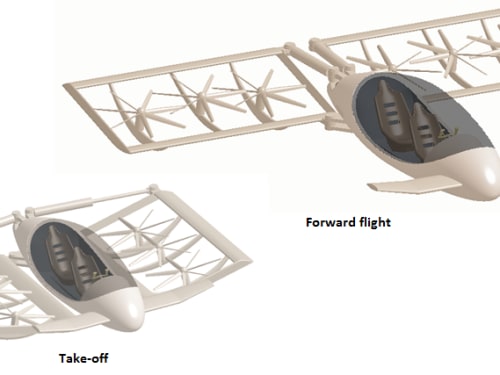2020
Entries
Urban Rover is an autonomous home platform for the city professional. Rovers are a new form of affordable housing, providing life's essentials in a comfortable yet mobile footprint. Through a subscription based model that provides connectivity and home utilities,
Urban Telecom Node
A rising and sustained use of telecommunications, both commercial and personal, has been beneficial yet demanding on financial resources on providers and consumers alike. Energy consumption for 24/7 transmission is a nominal part of this circumstance.
In developing countries and under developed countries desert air coolers are used. Most people are cannot afford water cooling systems. The main goal of this project is to infuse water cooling system with desert air cooler, by doing this the cost and space occupied are reduced drastically with both systems combined.
Every year thousands of families or friends take their vacations together, many of them take their cars and go for a walk or adventure. While driving their cars, many cannot communicate with each other unless they have bluethoth service or park to do so.
Introducing VALUEGAUGE, the first information display to enable motor vehicle drivers to truly save fuel and emissions and time, and avoid waste. ValueGauge consists of a microcomputer and electronic display in view of the vehicle operator, and connects to the vehicle Engine Control Module (ECM) to obtain vehicle speed and fuel use data.
With VAriable GEometry VTOL aircraft –VAGEV we propose an extremely compact VTOL configuration which produces thrust augmentation effects in vertical flight to reduce the size and the weight of the energy source. VAGEV can be the launch pad for a VTOL system able to operate safely near vertical obstacles, within urban environments, forests or mountains.
Conventional multi-vane VGT’s turn into impulse turbines when the vanes start to close and there goes the efficiency.
Vehicle Distance Warning and Signaling System (DWSS) is an improved version of the Dynamic Traffic Light (DTL) bearing SAE paper No: 980560 presented and published in 1998. The traditional brake signal on the rear of vehicles provides insufficient information which only informs a following-vehicle (FV) that its lead-vehicle (LV) is braking.
Page 54 of 57
